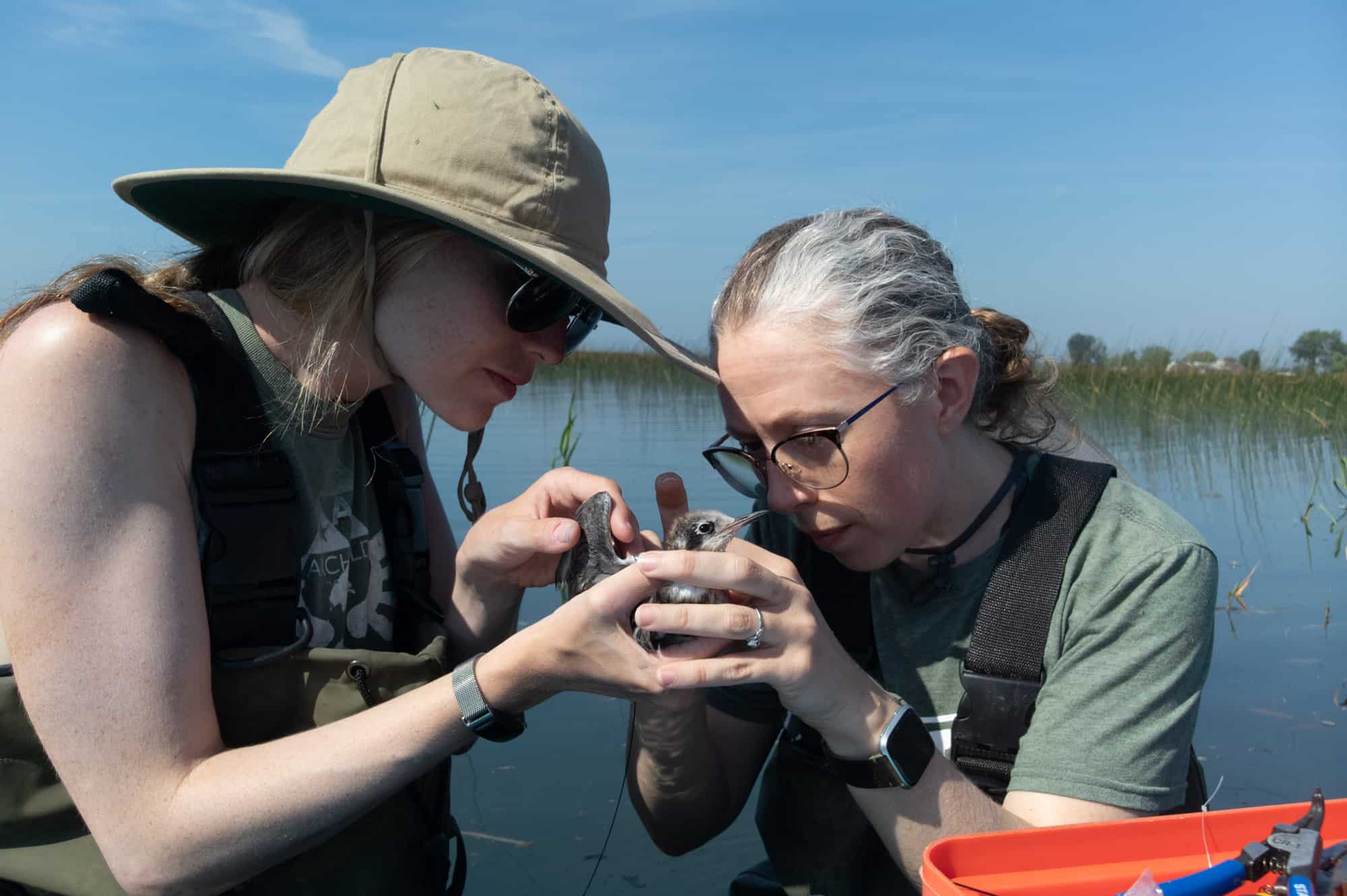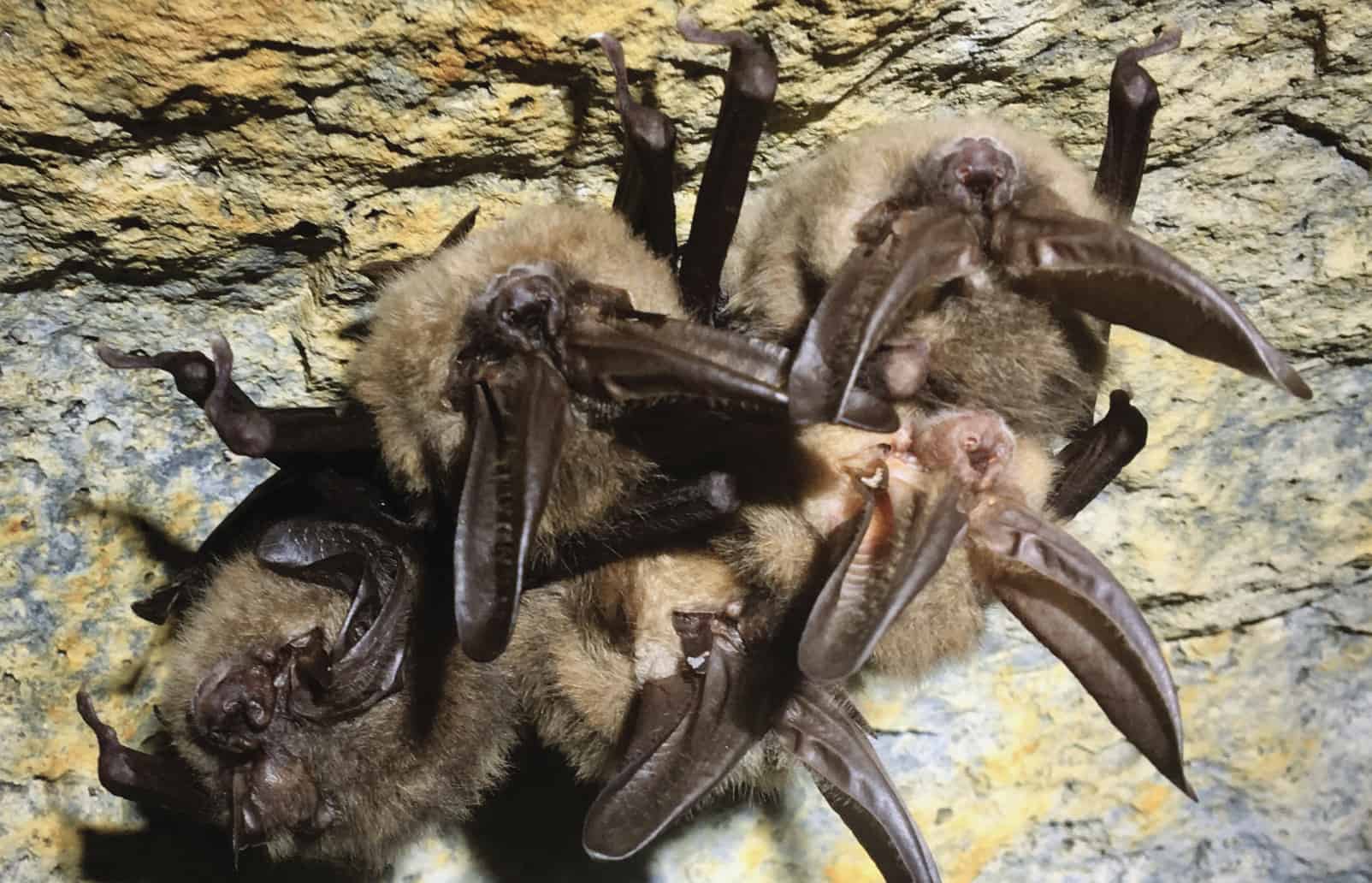Share this article
Wildlife Featured in this article
- Black tern
To protect black terns, follow their migration
Focusing on the breeding grounds may not be enough
Current conservation practices likely won’t do enough to save the black tern from disappearing, but strategic conservation efforts and land management practices could make a difference, researchers found.
Conservation efforts currently focus on maintaining and restoring the bird’s breeding habitat in the northern U.S. and southern Canada, but that approach relies on adults surviving their migratory and overwintering periods.
“What’s going on outside the breeding season and away from the breeding grounds is really important for this bird and, likely, other migratory species,” said Kayla Davis, first author of the study published in Biological Conservation and a doctoral student in the College of Natural Science at Michigan State University. “There are things we can do to protect stopover and overwintering areas to increase adult survival.”
Using tracking tags to understand the black terns’ (Chlidonias niger) migration, including stopovers along the Atlantic coast during fall migration, researchers found that improving adult survival throughout the migration route may be necessary to ensure their survival.
Header Image: Researchers tag black tern chicks at St. Clair Flats State Wildlife Area on Harsens Island, Michigan. Credit: David Fuller/Audubon








